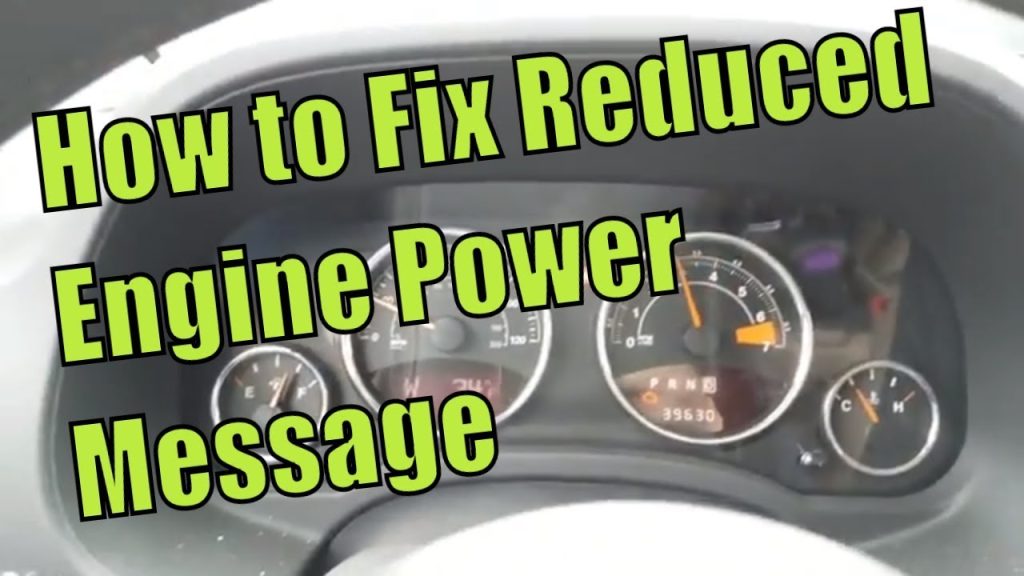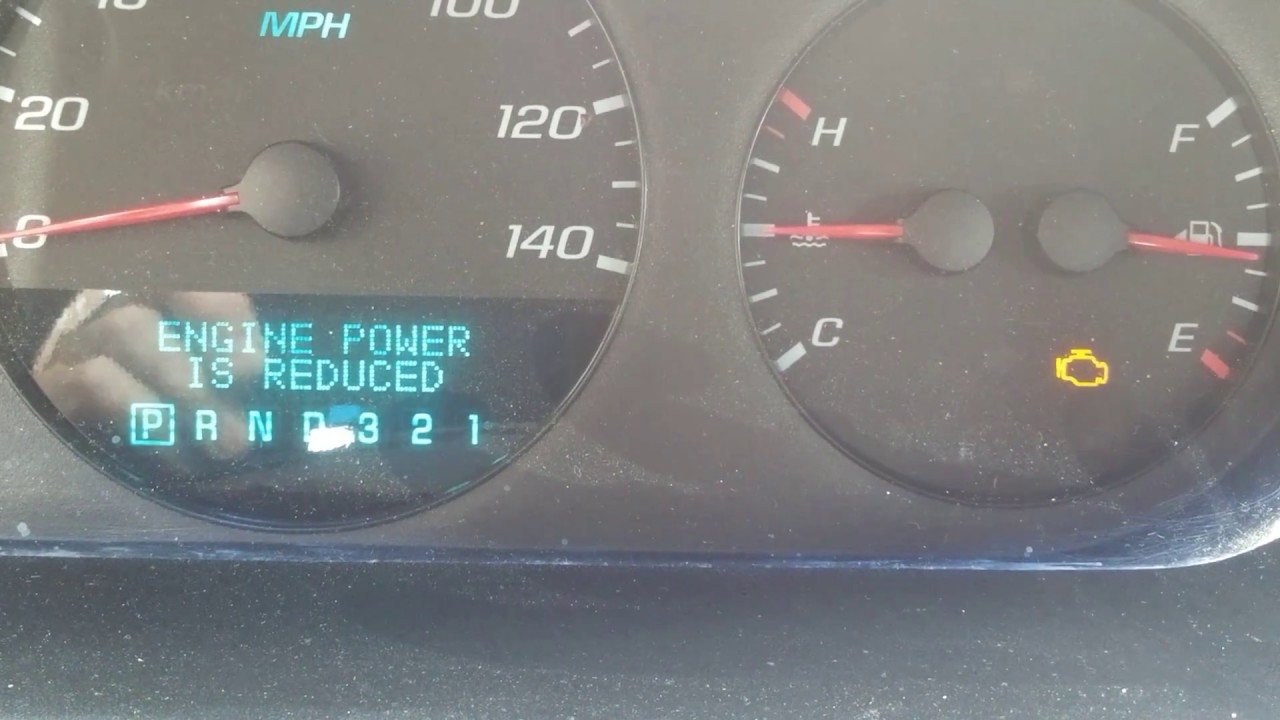Contents
Have you ever experienced the frustration of reduced engine power, wondering how much it would cost to fix? Look no further! The “How to Fix Reduced Engine Power” guide provides you with all the information you need to understand and resolve this common issue. From diagnosing the root cause to providing step-by-step instructions, this comprehensive guide is your go-to resource for getting your engine back to full power, without breaking the bank. So say goodbye to sluggish acceleration and hello to smooth performance with “How to Fix Reduced Engine Power.”
How to Fix Reduced Engine Power
If you’re experiencing reduced engine power in your vehicle, don’t panic! There are several steps you can take to diagnose and address the underlying issues. In this comprehensive guide, we’ll walk you through each step, providing detailed instructions on how to resolve the problem and get your engine running smoothly again.
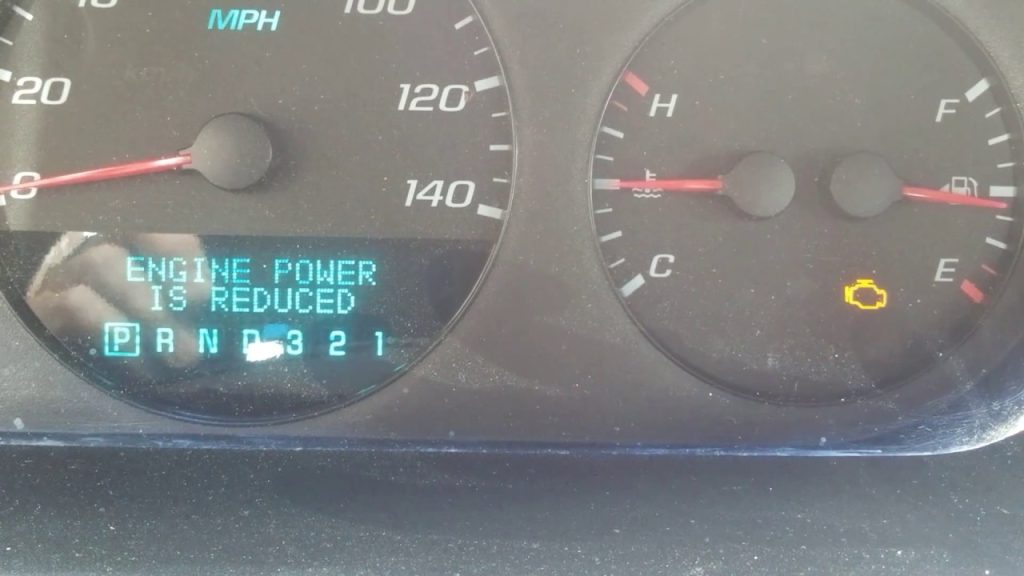
1. Check Engine Light
The first step in addressing reduced engine power is to diagnose the problem using a code reader. Most modern vehicles are equipped with an onboard diagnostic (OBD) system that can provide valuable information about the issues your engine is experiencing. By connecting a code reader to the OBD port in your vehicle, you can retrieve fault codes that indicate the source of the problem. These codes can then be used to identify the specific components or systems that need attention.
Once you’ve identified the fault codes, it’s important to address the underlying issue. Whether it’s a faulty sensor, a clogged fuel injector, or a problem with the ignition system, fixing the root cause of the reduced engine power is essential for restoring optimal performance.
2. Clean or Replace Air Filter
A dirty or clogged air filter can restrict airflow to the engine, leading to reduced engine power. To address this issue, start by removing the air filter housing. This can usually be done by unclipping or unscrewing the housing, depending on your vehicle’s design. Once the housing is removed, inspect the air filter for dirt, debris, or damage. If the filter is dirty, you can clean it using compressed air or by gently tapping it to remove loose particles. However, if the filter is heavily clogged or damaged, it’s best to replace it with a new one. After cleaning or replacing the air filter, reassemble the air filter housing and ensure it is securely attached.
3. Inspect and Clean Mass Air Flow Sensor
The mass air flow (MAF) sensor measures the amount of air entering the engine and provides this information to the engine control unit (ECU). A dirty or faulty MAF sensor can disrupt this airflow measurement, resulting in reduced engine power. To address this issue, start by locating the MAF sensor, which is usually installed between the air filter housing and the throttle body. Once located, carefully remove the sensor, taking care not to damage any delicate components. Use a specialized MAF cleaner to clean the sensor, ensuring you follow the manufacturer’s instructions. Once cleaned, reinstall the sensor, making sure it is securely attached.
4. Check Fuel Pressure
Insufficient fuel pressure can also contribute to reduced engine power. To check the fuel pressure, you’ll need a fuel pressure gauge and access to the fuel system. Start by connecting the gauge to the fuel rail or fuel line, following the manufacturer’s instructions. Once connected, compare the reading on the gauge to the manufacturer’s specifications for your vehicle. If the fuel pressure is below the recommended range, it may indicate a problem with fuel delivery. In such cases, it’s important to address any issues with the fuel pump, fuel filter, or fuel injectors to restore proper fuel pressure and engine performance.
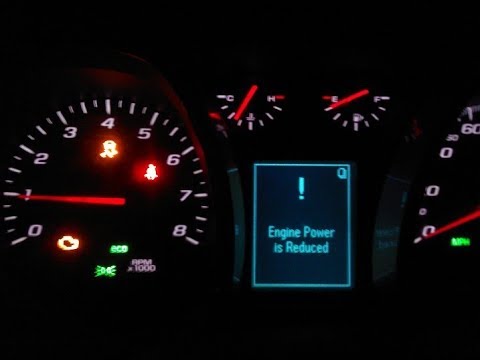
5. Inspect and Clean Throttle Body
The throttle body controls the amount of air that enters the engine during operation. Over time, carbon deposits can accumulate in the throttle body, hindering its proper functioning and leading to reduced engine power. To address this issue, start by removing the intake hose that connects the air filter housing to the throttle body. Once removed, locate the throttle body and inspect it for carbon buildup. Use a throttle body cleaner and a soft brush to remove any deposits, being careful not to damage any delicate components. After cleaning the throttle body, reassemble the intake hose, ensuring a secure connection.
6. Check Spark Plugs
Faulty or worn-out spark plugs can cause misfires and reduced engine power. To check the condition of your spark plugs, start by removing the spark plug wires or ignition coil from each spark plug. Inspect the plugs for signs of wear, such as fouling, excessive corrosion, or broken electrodes. If any of the spark plugs appear worn or damaged, it’s best to replace them with new ones. Consult your vehicle’s manual or a trusted mechanic for the correct spark plug specifications and replacement procedure. After installing the new spark plugs, reattach the spark plug wires or ignition coils securely.
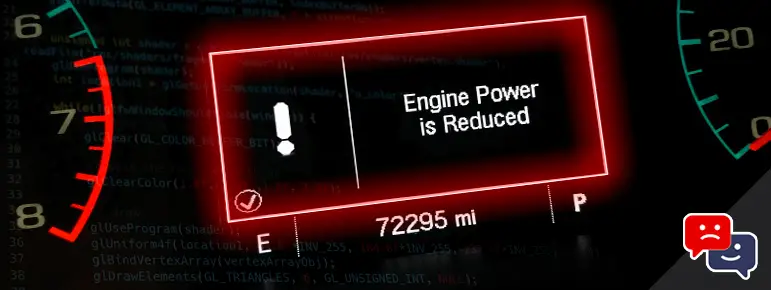
7. Test the Ignition Coils
Ignition coils play a crucial role in delivering the necessary spark to ignite the air-fuel mixture in the combustion chamber. Faulty ignition coils can lead to misfires, engine hesitation, and reduced power. To test the ignition coils, start by removing the ignition coil from the spark plug. Use a multimeter set to the resistance or ohms setting to measure the resistance across the ignition coil terminals. Compare the measured resistance to the manufacturer’s specifications for your vehicle. If any of the ignition coils demonstrate resistance readings outside the recommended range, it’s best to replace them with new ones to ensure optimal performance.
8. Inspect and Replace the Oxygen Sensor
The oxygen sensor, also known as the O2 sensor, monitors the oxygen levels in the exhaust gases and provides feedback to the engine control unit. A faulty oxygen sensor can cause the engine to run rich or lean, leading to reduced engine power. To inspect and replace the oxygen sensor, start by locating the sensor, which is usually installed along the exhaust system. Carefully remove the sensor, using a specialized oxygen sensor socket or wrench. Install a new oxygen sensor, ensuring it is securely tightened according to the manufacturer’s specifications.
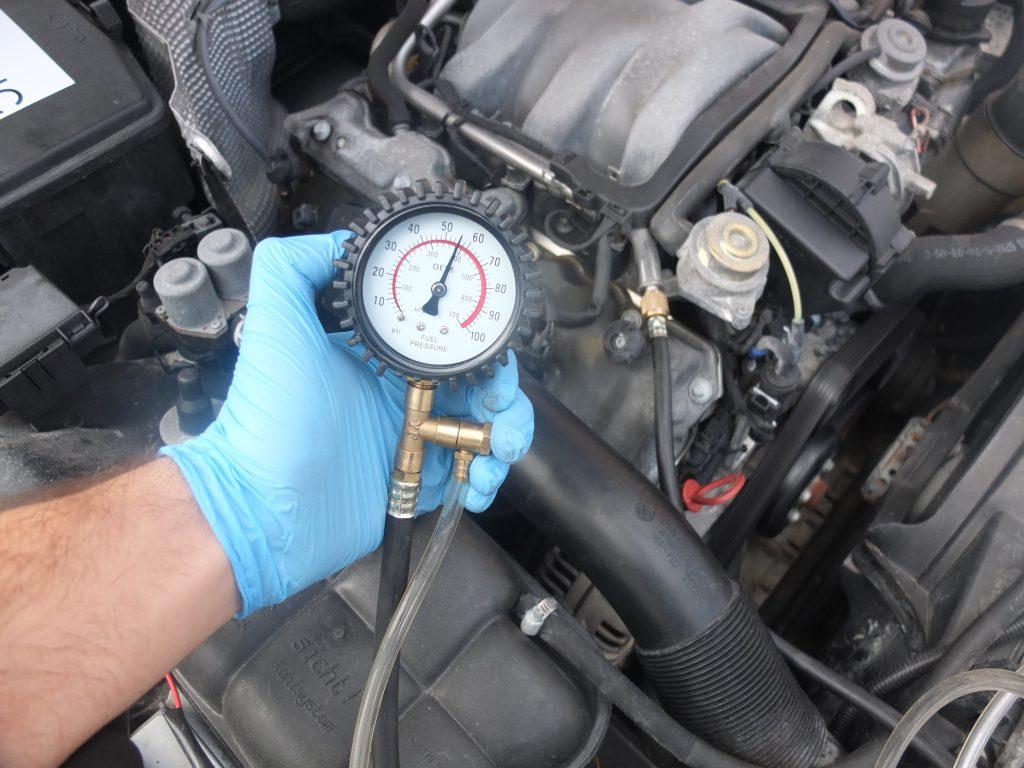
9. Check the Exhaust System
A damaged or leaking exhaust system can also contribute to reduced engine power. Inspect the exhaust system for any visible signs of leaks, such as rusted or loose components, holes, or cracks. If you detect any issues, it’s important to repair or replace the faulty components promptly. Depending on the severity of the damage, you may be able to address minor leaks by using exhaust repair tape or sealant. However, more significant damage may require the replacement of exhaust pipes, mufflers, or other exhaust system components. Ensure that all connections are secure and free from leaks after any repairs or replacements.
10. Check the Fuel Injectors
Clogged or leaking fuel injectors can disrupt the proper fuel delivery to the engine, leading to reduced power. To check the condition of your fuel injectors, start by removing them from the fuel rail or intake manifold, following the manufacturer’s instructions. Inspect each injector for any clogs, leaks, or signs of damage. If you notice any issues, you can try cleaning the injectors using a specialized fuel injector cleaner. However, if the injectors are severely clogged or damaged, it’s best to replace them with new ones to ensure proper fuel delivery. Reinstall the fuel injectors securely, following the manufacturer’s guidelines.
By following these comprehensive steps, you can effectively diagnose and address the issues causing reduced engine power in your vehicle. However, it’s important to note that the cost of fixing reduced engine power can vary depending on the specific problems and the extent of repairs needed. It’s recommended to consult with a trusted mechanic or a dealership to get an accurate estimate for your vehicle. Remember, maintaining your vehicle’s engine health is crucial for optimal performance, fuel efficiency, and longevity.
